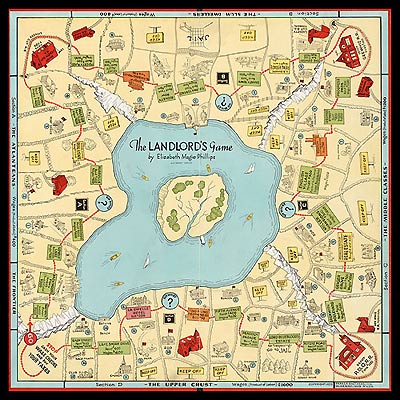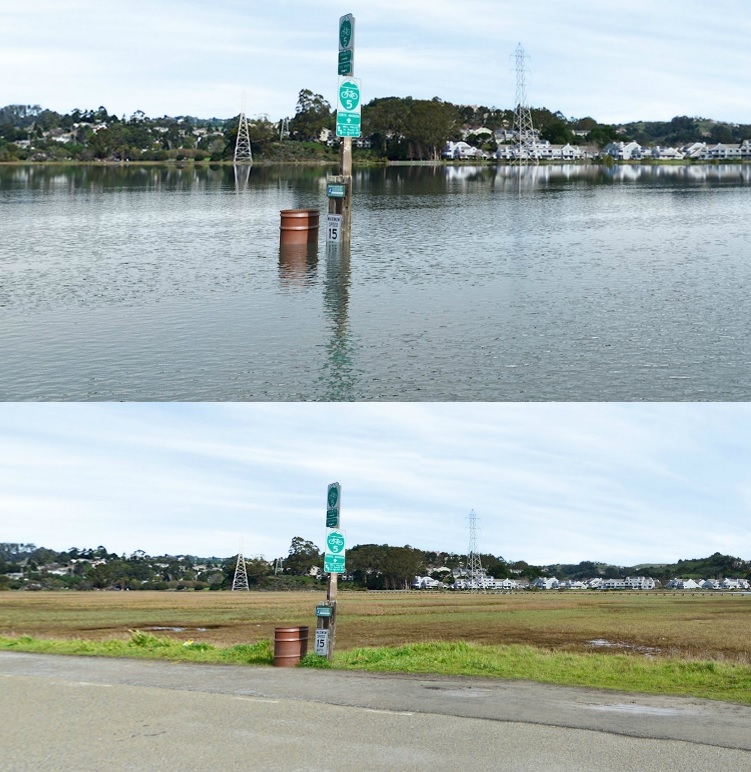In his fantastic The Once and Future World (2013), Canadian author J.B. MacKinnon notes that one of the considerable challenges facing pro-environmental action results from what biologist Daniel Pauly calls the “shifting baseline syndrome.” Simply stated, each generation takes the present situation as the baseline from which change can be gauged. Thus, writes MacKinnon, “The way you see the natural world around you determines much about the kind of world you are willing to live with” (MacKinnon, p.37). It it is in this sense that “Memory conspires against nature” (ibid., p.21).
I was recently reminded of MacKinnon’s association of memory with the capacity for transformative action while reading Herbert Marcuse’s last major work, The Aesthetic Dimension (1978). There, among other observations about art’s essence vis-a-vis social relations, Marcuse argues that much of art’s revolutionary potential is premised in its ability to remind us of our frustrated dreams, hopes and desires; to remind us that the existing reality is only one of many possible realities. He writes:
Art breaks open a dimension inaccessible to other experience, a dimension in which human beings, nature, and things no longer stand under the law of the established reality principle. Subjects and objects encounter the appearance of that autonomy which is denied them in their society. The encounter with the truth of art happens in the estranging language and images which make perceptible, visible, and audible that which is no longer, or not yet, perceived, said, and heard in everyday life. (Marcuse, p.72)
Marcuse adds that if, as Horkheimer and Adorno famously wrote in The Dialectic of Enlightenment, “All reification is a forgetting”, then “Art fights reification by making the petrified world speak, sing, perhaps dance” (Marcuse, p.73).

(the original version of the board game monopoly was designed by Elizabeth Phillips to illustrate “the problems associated with concentrating land in private monopolies.” source)
Seeking a method to evoke political awakenings, Walter Benjamin articulated a similar idea, what he called “dialectical images.” In his unfinished opus later published as The Arcades Project (1999), Benjamin explains that dialectical images “carry over the principle of montage into history” by evoking “flash-like” moments of understanding: stirring constellations in which utopian hopes are juxtaposed with their frustrated (un)realization to produce an “awakening of a not-yet-conscious knowledge of what has been” (Benjamin, p.461; p.458). By the way they embody multiplicities and produce a play in conjecture, we may say that dialectical images anticipate what Deleuze & Guattari would later call “lines of flight.”
But is the capacity to create dialectical images exclusive to artistic vocabularies and techniques, or could they be produced by other means? Can digital media, for instance, provide the conditions for overcoming the forgetting MacKinnon laments, evoking the historico-political awakening Benjamin yearns for?
While perhaps a bit too literal, digital dialectic images may be instantiated by virtual reality (VR) technology. The Owl, for instance, is a VR viewer that allows users to dynamically looks at different renditions of a single geographic location. Peering into a device shaped like one of those nickel-operated binoculars you find overlooking tourist attractions, users can see how a place looked like in the past or how it may look like in the future, and compare it to the present. This has practical applications for urban design – especially in the context of public engagement on potential development proposals – but perhaps it can be used more expressively, in more provocative ways.

(rising water levels in Marin County seen through Owl. source)
